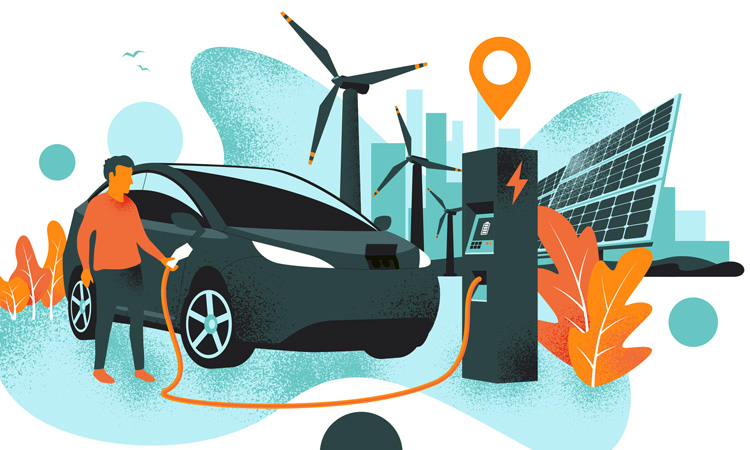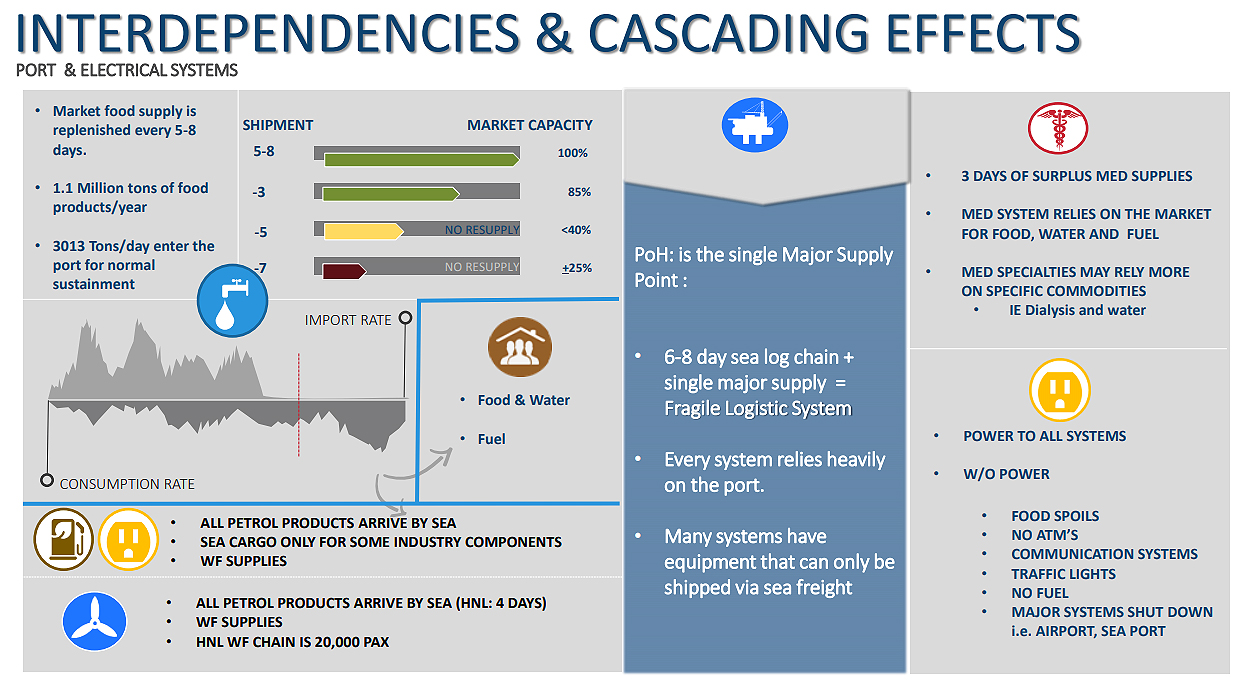Hawai’i – a Vision for the Future
Imagine an abundant green and nature-balanced island state, freed from its tourist dollar dependencies, powered by its home grown clean energy assets, sustained by a self-sufficient economy, and feed by its island-grown organic agriculture.
It’s a Hawaiian dream that can’t be brought or ordered online, and it’s a reality yet to be realized. Hawaii’s unique history, location, and diverse population with a love and respect for the land and surrounding ocean habitat presents a pathway to Sustainability, as well as self-sufficiency.
Hawaii may even face fewer obstacles to achieve these lofty goals than most other parts of the world. In the world of real estate it’s called … location, location, location.
As an island state there are advantages and disadvantages, but there is also the opportunity to more freely chart our own course without the baggage of mainland-connected interstate considerations.
This year’s Hawaii state legislature has many ambitious post-Covid plans and ideas. Some are fueled by community activists and special interests, but most share a general fatigue among legislators of living with too much pandemic talk, and too little economic certainty.
One example of this year’s legislative zeal, and a welcome change, is the recognition of the fundamental changes occurring globally and locally in the electrification of cars, SUVs, and trucks. With that, there is a corresponding awareness of the need for a statewide EV vehicle fueling infrastructure, and a replacement of imported fossil fuels with home-grown electricity.
Hawaii is currently in the middle of the pack relative to our peers in terms of electric vehicle market share. We remain highly dependent on imported petroleum as our primary dirty and imported energy supply source across all sectors of the economy and island life. But that is changing, and perhaps faster than many can imagine. By one measurement, this change is not lost on this year’s state legislature, who are presently considering more than 15 separate EV related bills — for legislative details visit: https://hawaiiev.org/2021-hawaii-ev-legislation
Electric Vehicles and more
Studies indicate that electric vehicles will begin to reach cost parity with their fossil fuel counterparts between 2025. Starting in 2030, it is estimated that 26 million EVs will be sold annually, representing 28 percent of the world’s new cars sold.
One of the primary drivers in the advancement of EVs becoming the “new normal” will be vehicle choices and EV specific features. For one, technology advances. a wide array of electric vehicle choices is another. Recently, GM committed to 100% EV production by 2035, Volvo by 2030, and Ford 2035 (most models).
Although vehicle cost is often sited as “the” primary factor in vehicle purchases, other factors play a primary role in deciding in car, suv, and truck purchases. Style, technology, and utility are also important factors in consumer purchase decisions. EV’s advantages are notable in offering vehicle owners a lower cost of ownership compared to conventional ICE vehicles.
Another factor helping along expand EV market share is a growing base of first time EV owners who after experiencing the low cost of EV ownership along with other benefits. Recent data on EV second purchase trends indicate there is little chance first time EV owners will be returning to future ICE vehicle purchases …why go backwards.
Reinventing Hawaii’s transportation options goes beyond a transformation to electric vehicles.
Following a market wide trend, it is likely Hawaii in the next 20 years will be well into a phase-out of its gasoline and diesel vehicle dependencies. Such a change will demand the development of a multi-island fueling infrastructure for electrified and zero emissions vehicles transportation options. However, individual EV ownership by itself will not carry the day for Hawaii’s zero emissions ambitions. The integration of mass-transit systems and bike lanes into smarter island-urban designs will also be required to lessen Hawaii’s passenger car dependency, and provide for safe pedestrians options equal to their wheeled counterparts.
Energy
Eliminating the State’s imported fossil fuels dependencies has been a priority for Hawaii for more than 20 years. Beginning with a statewide goal to transition to 100% renewable energy by 2045. Back in the 1990’s, Hawaii’s legislators, some which will not be around to see the results of the far out policy results and foresaw a clean energy economy for the state. They placed faith in things working themselves out over time in order to achieve the 100% renewable energy replacement goals. 
Twenty-five years later, the state’s renewable energy goal now appears far too modest a timetable based on what we know now about increasing climate threats (local and global). Equally important, clean energy replacement options over the past 25 years have become abundant and cost effective alternatives to legacy fossil fuels options, and leading to the undeniable conclusion that Hawaii’s legislators’ foresight was more than just wishful thinking, but policy for a future which has now arrived.
Altogether, the state’s rapid transition off imported fossil fuels in a statewide shift to electrification is now being fueled by local and clean (zero emissions) power sources including rooftop and utility scale solar, wind, and coupled to power battery and pump energy storage options. This transition to clean and sustainable energy has proven not only practical, but desirable for ratepayers and the planet and necessary to the future of the state.
National Energy Policy Changes
The past four years of Federal energy policy has been marked by science denial, and a full speed in reverse to a 1950’s energy policy under the Trump administration. A change in direction, like a breath of fresh air, has come to Federal energy policy level under the new leadership of President Biden and his administration. With razor thin leadership margins in Congress, House Democrats last week introduced a revamped version of a major bill aiming to get the country back on the road to carbon neutrality by 2050.
“Today’s introduction of the CLEAN Future Act promises that we will not stand idly by as the rest of the world transitions to clean economies and our workers get left behind, and that we will not watch from the sidelines as the climate crisis wreaks havoc on Americans’ health and homes,” said House Energy and Commerce Committee Chairman Frank Pallone Jr.
The House Bill supports Biden’s stated goal of achieving a carbon-free power sector by 2035, and is 15 years more ambitious than the previous bill’s goal of a decarbonized power sector by 2050. For a period of time, fossil fuel producers would be able to earn partial credits under the standard by lowering their carbon intensity, but the writing is on the wall for the world’s major polluters, fossil fuels will be eventually be phased out.
In the Senate, Democrats are retooling energy tax reform legislation that was first proposed two years ago but which failed to advance in a Republican-led Congress.
The Clean Energy for America Act could include technology-neutral incentives rather than wind- and solar-specific credits, and would aim to move beyond the current cycle of short-term incentive extensions to a more permanent approach, according to Bobby Andres, senior policy adviser to Democrats on the U.S. Senate Finance Committee. “We’re actively working on updating that bill for reintroduction and very much view it as a cornerstone of the efforts on energy tax this Congress,” Andres said Wednesday at the virtual American Council on Renewable Energy (ACORE) Policy Forum.
Addressing sustainability and resiliency deficiencies; more than a goal, a necessity to Hawaii’s future
More than ever, Hawaii now needs to be resilient and ready for whatever climate-driven disasters come our way. That beings with a founding principal that by becoming more resilient as a state, we undertake measures which also make us sustainable.
The coronavirus pandemic has only compounded the state’s supply chain dependencies, weakness, and vulnerabilities. The pandemic also offered further evidence that the state of Hawaii, and Hawaii Island more specifically, must better prepare and ready itself for highly impactful scenarios or suffer the social, economic, and environmental consequences of willful neglect.
A path to sustainability and resiliency (often thought of as separate problems to be solved) are both in fact linked, and require both the state and country governments to undertake of key policy changes, beginning by reducing a present statewide dependency on imported foods: e.g., developing an encompassing local agriculture system, from farm-to-fresh and cold storage to consumer.
By products of such measures are the creation by necessity, and not just for policy sake. Local growth of job opportunities are core components of a self-sufficient and sustainable economy.

* Hawaii Emergency Management Agency
Hawaii’s Supply Chain Dependencies*: cascading effects of catastrophic events.
How long could the Big Island or Hawaii in general last if we were cut off from outside food, oil, medical supplies, and manufactured goods? The sad answer is that vital supplies would run out in 5 -8 days, and less time for the neighboring islands of Hawaii, Maui and Kauai.
- Importation of 90% of market goods, 100% of some products
- Long, complex supply chain, up to 14 days to reach market in normal conditions
- Single points of failure / no redundancy in port capabilities
- All major logistic ports are in same general locations and exposed to the same threats
- Air cargo supplies approx. 1% of total cargo importation Ports and logistics system move over 14 million tons / yr., off load rate at 42 containers / hr., 3000 tons of food products / day move through the logistics system
- Loss of importation due to port closure for protective measures 48 hours prior to events in some cases Rapid depletion of market capacity when sea port closes
- Rapid depletion of market capacity and critical supplies when Hawaii Island commercial sea ports Hilo (east side) and Kawaihae (West side) are closed or services disrupted.
Hawaii’s Supply Chain Vulnerabilities*: on hand supplies and resources.
- Capacity – based in on-demand warehousing, not in replenishment of surplus
- No Surplus warehousing of supplies = no emergency surplus
- FOOD/WATER: 5 – 7 days in the state after port closure; after 5 days no importation = 40% of market capacity
- EMERGENCY SHELTER & SYSTEM: Supply cannot meet the demand, limited number of hardened shelters
- MEDICAL: 3 Days of general supplies, 7 days of pharma, general WF shortage, high operating capacity
- FUEL: Several single points of failure in the system; 100% reliance on importation through sea logistics chain
- ELECTRICITY: Not a mutually supporting system, 60% power plants in /on inundation zones, limited inventory of components (example: Hawaiian Electric North Kona power plant).
- PORTS: No large scale salvage / dredging equipment (7-10 day arrival time), alternate port concept not fully realized, airports w/ 4 days of fuel, low cargo capacity vs. emergency delivery




Awesome and critical stuff thank you!
How’d Hawaiian Electric North Kona’s plant do this week!?
Kauai, Maui, and Oahu have had some “interesting” times that will leave lasting adjustments…